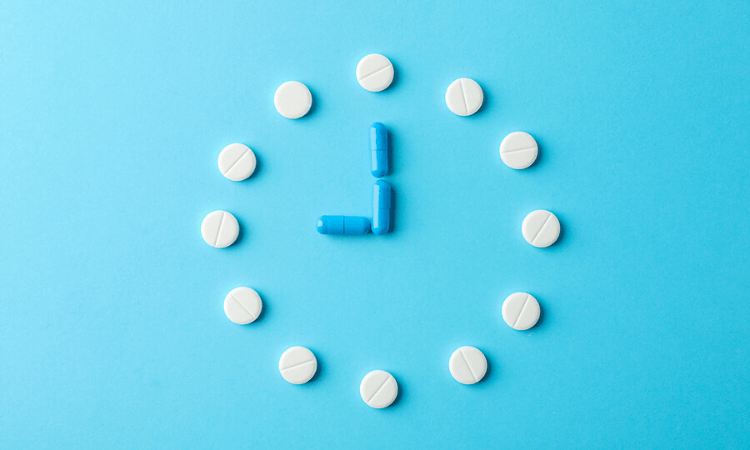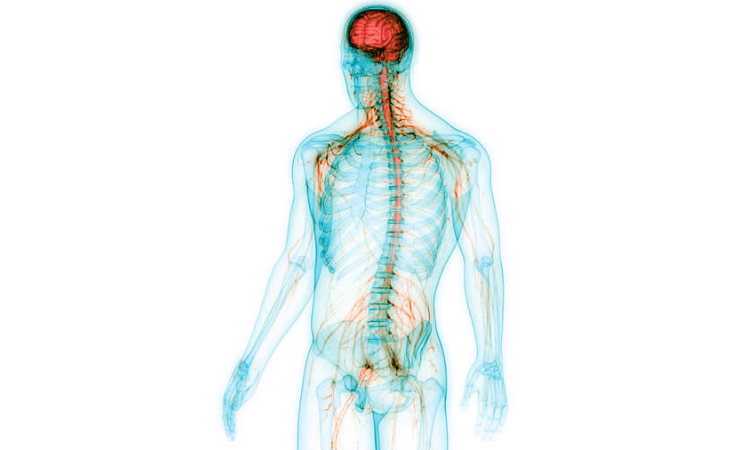
Fentanyl addiction can occur when a person repeatedly abuses fentanyl, and this can happen after being prescribed by a physician or after having
Opiate and opioid drugs, including prescription narcotics and illegal substances like heroin, can produce withdrawal symptoms with a few hours after the last dose, and symptoms can last for up to a week or longer. Withdrawal is not typically life-threatening, but without medical intervention, it is likely to result in a relapse.
Opioid withdrawal symptoms include the following:
- Nausea
- Vomiting
- Diarrhea
- Muscle cramps
- Runny nose
- Body aches and pains
- Depression
- Agitation
- Anxiety
- Drug cravings
Opiate and Opioid Facts
Technically, the term “opiate” refers to a naturally occurring compound found in the opium poppy, such as morphine. Opioid refers to a human-made substance that is either partially derived from a natural substance (semi-synthetic) or is completely designed in a laboratory to act on the same receptors in the brain as opiates and induce similar effects. For purposes of this article, the terms opiate and opioid may be used interchangeably.
Each opioid drug has a different half-life, which is the length of time needed for half of a drug to be cleared from the body. As a result, symptoms of withdrawal may onset at various times, depending on the type of drug used, the amount used, and the method by which it was administered.
Heroin is the fastest-acting opioid, and as such, it also has the shortest half-life, which is usually no longer than 30 minutes. Short-acting prescription opioids, such as immediate-release oxycodone, have half-lives of around 4-6 hours. The Food and Drug Administration (FDA) reports that the half-life of methadone is much longer, closer to approximately 30 hours.
Smoking, snorting, and injecting drugs tend to produce a more immediate effect, but these effects may also wane sooner than drugs that are consumed orally and digested. The timeline of withdrawal is largely dependent on the type of opioid used and the method of administration.
How Opioids Work and Cause Dependence

Opioids are in a category of drugs, also referred to as narcotics or painkillers. These drugs change the way in which the brain responds to stimuli and can also produce an intense euphoria by interfering with the regions in the brain responsible for reward and pleasure.
The central nervous system (CNS) includes the brain and cardiovascular and respiratory systems. Receptors throughout this system allow the binding of opioid drugs, which can cause a variety of physical and mental effects. Heart rate, respiration, body temperature, and blood pressure may all be reduced while intense feelings of pleasure manifest.
Repeated use of an opioid can alter the way in which a person’s brain chemistry functions and lead to both chemical and psychological dependence. Moreover, the body adapts to the drug’s presence and cannot operate normally without it. Withdrawal symptoms will then onset when a person stops using the opioid, which is a condition known as dependence.
Symptoms of Opioid Withdrawal
The symptoms of opioid withdrawal can be mild, moderate, or severe, depending on the level and duration of abuse or addiction. People withdrawing from an opioid drug can usually expect symptoms to onset in accordance with the following timeline, although, of course, they can vary somewhat between individuals.
Early Withdrawal
- Teariness
- Muscle aches and pains
- Agitation
- Sleep difficulties
- Excessive yawning
- Runny nose
- Sweats
- Elevated heart rate
- High blood pressure
- Fever
Mental
Late Withdrawal Symptoms
Late withdrawal symptoms tend to peak within 72 hours and may persist for around a week and may include the following:
- Nausea
- Vomiting
- Stomach cramps
- Diarrhea
- Depression
- Drug cravings
Some of the psychoemotional symptoms of withdrawal and drug cravings may persist much longer than a week in some instances.
Detox Options
There are a variety of detox options for treating withdrawal symptoms, which can be highly unpleasant, and medical detox is usually the safest and most comfortable method of detox. Vital signs, including blood pressure, respiration, and heart rate, can be closely monitored during medical detox, and medications can be used to manage brain and body functioning. While there is no precise timeline for detox, the process usually lasts 5-7 days.
Opioids should not be discontinued suddenly without physical and mental health support and supervision, as side effects of withdrawal can be severe and even lead to dangerous complications. Medications such as antidepressants and other pharmaceuticals may be helpful during medical detox to address certain withdrawal symptoms.
Drug cravings and withdrawal symptoms can be managed by replacing short-acting opioids like heroin with a longer-acting one, such as methadone or Suboxone. This approach can stop the onset of, particularly severe withdrawal symptoms.

Opioid Detox Medications
Buprenorphine is a partial opioid agonist that is commonly administered during opioid detox and treatment, as it stays active in the body for longer than many opioids and requires a lower dosage. Partial agonists also do not usually produce the same “high” that full agonists do, therefore making them less likely to be abused. Also, the agonist effects of buprenorphine reach a plateau in which they no longer continue to increase with higher dosages. This action is called a “ceiling effect,” and contributes to buprenorphine’s abuse-deterrent properties.
Both naloxone and naltrexone are opioid antagonists that bind to opioid receptor sites throughout the CNS but do not activate them. Instead, they block other opioids from attaching to them. This action discourages people from using a drug such as heroin while on an antagonist, as the drug will not induce the desired effects and may, in fact, lead to precipitated withdrawal syndrome.
Naloxone is a medication that actually blocks the effects of opioids and reverses overdoses. It is often found in combination with buprenorphine to serve as a relapse-prevention agent in medications like Suboxone. Naltrexone products, such as Vivitrol and Revia, are commonly used to help prevent relapse following detox. The goal of detox is to stabilize a person who is dependent on opioids both physically and emotionally, and the process may include both psychological and pharmaceutical approaches to accomplish this.
Addiction Treatment
Because drug addiction is a chronic, persisting disease with both physical and emotional side effects, treatment should be comprehensive and steeped in evidence-based therapies and services. Medical detox can alleviate side effects and cravings, prevent severe complications, and can offer people a great start toward long-term recovery.
Unfortunately, however, relapse is not uncommon for those struggling with addiction. For this reason, detox alone is usually not enough to ensure that a person will maintain longlasting sobriety and prevent major mental setbacks in the process. Detox should be immediately followed by participation in an integrated treatment plan.
Recovery in Tune offers these programs in both partial-hospitalization and outpatient formats, which feature services beneficial to the recovery process. Our services include behavioral therapy, individual and family counseling, group support meetings, aftercare planning services, and more.
We employ highly-trained addiction specialists who deliver services to patients with great care and expertise. We provide clients with the tools, skills, and support they need to achieve a full recovery, prevent relapse, and maintain long-term wellness and sobriety.
If you or someone you love is battling an addiction to opioids, other drugs, or alcohol, please contact us today! Discover how we help people reclaim their lives, free from the chains of addiction!